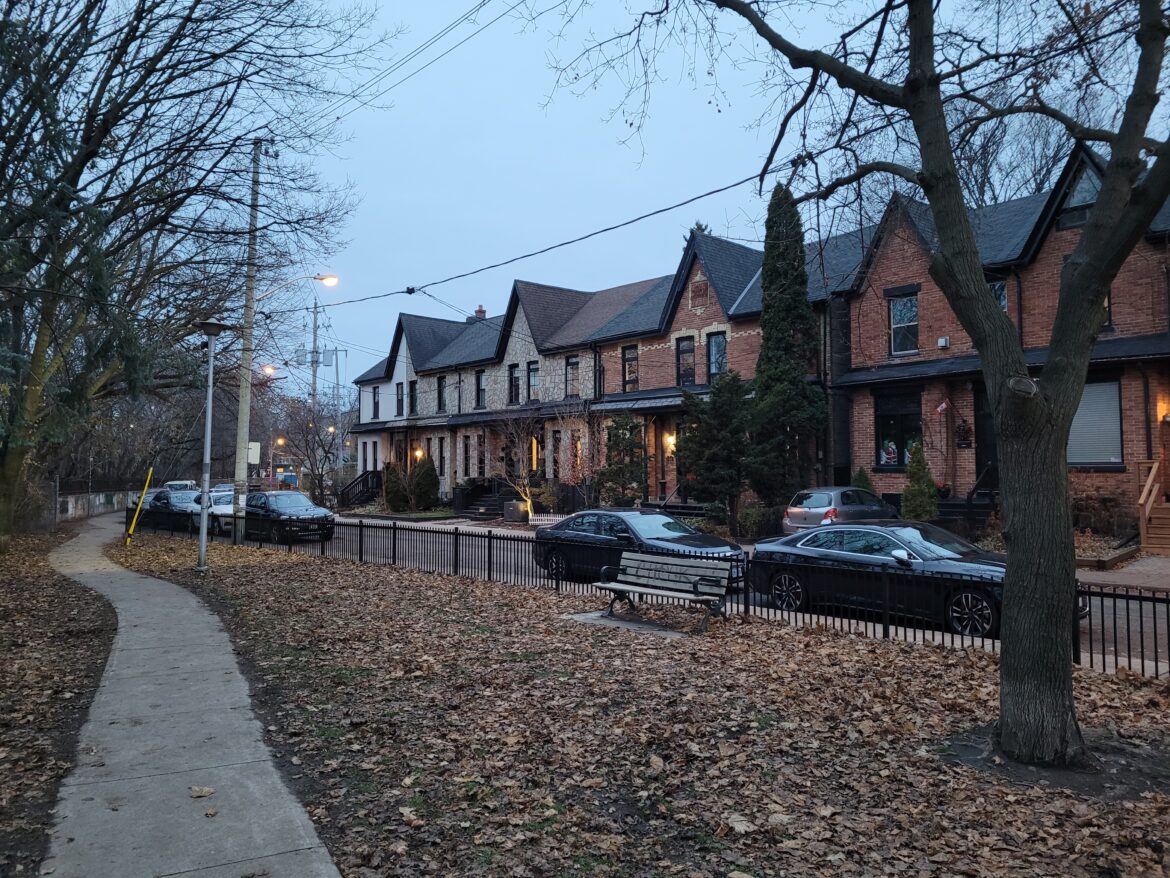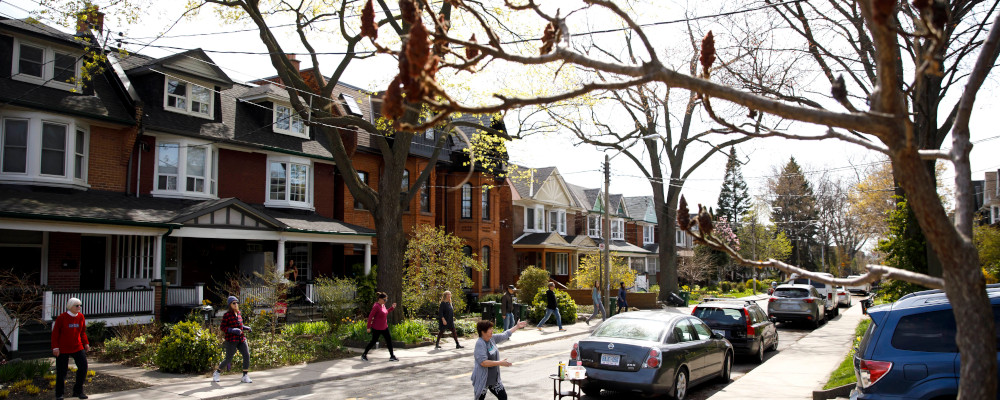Labour negotiations are often fraught. This is particularly the case with workers in the education and health-care system. It’s understandable that people feel especially sympathetic towards people who are there for them when they’re sick, or people who help care for their kids. It’s no surprise that people will casually mention that they think teachers or nurses are underpaid.
I’m not here to tell you how much we should pay any particular group of workers. What I wonder, though, is why no one brings up housing when they talk about how, say, educational assistants are underpaid. After all, housing is one of the biggest expenses most people face. Especially in big, expensive cities like Toronto or Vancouver. Increasing the taxable income of health care or education employees by a few percentage points would obviously help them pay the bills.

But do you know what would be really helpful for educational assistants or nursing assistants? Paying five hundred dollars less a month in rent.
I didn’t pull that number out of thin air. That is roughly the amount by which average rents increased between October of 2012 and October of 2021 in Toronto according to the Canadian Mortgage and Housing Corporation (the story is similar in Vancouver). Put another way, that’s about $6000 per year. And, remember, this is after-tax spending. To earn an extra $6000 after tax, someone earning $40,000 per year in Ontario would have to earn around $8000 extra per year.Someone earning $40,000 in Ontario would fall into the first federal and provincial tax brackets, which are 15 percent and 5.05 percent, respectively. In addition to the 20.05 percent marginal tax rate they would face on that additional $8000, they would also have higher CPP/EI premiums. This would lead to a reduction of after-tax income of around $2000, or around a quarter of that incremental income. In other words, in order to get the equivalent of a $500 rent decrease, a single worker earning $40,000 would require a twenty percent pay increase.
It isn’t just that working-class people are paying more for rent. It’s also that in many cases they have to commute from further than they might have ten years ago. As the most desirable neighbourhoods in the city core get pricier, it’s harder for people earning less than six figures to live in the most walkable transit-accessible neighbourhoods. While urban professionals get to walk or take a short train to the Financial District, an educational assistant or nursing assistant might need to take a bus or two in from the suburbs or endure a punishing drive.
The irony is that much of the housing that the upper middle class now lives in was working-class housing not so long ago. My neighbourhood in East Toronto is a perfect example. It’s a classic streetcar suburb where most of the houses are what we now refer to as the “missing middle.” Rowhouses, semi-detached, townhouses—the sort of houses where working-class people used to be able to raise a family. As of October of 2022, the average price in my neighbourhood was over a million dollars (down from a peak of over $1.4 million).I rent, so don’t get too jealous. And most of the houses here aren’t especially fancy. But we haven’t built this kind of cozy yet walkable neighbourhood in a long time.

It’s not that people don’t want to live in neighbourhoods like mine. People aren’t paying a million dollars for a small, attached house for no reason. It’s that most of the GTA wasn’t zoned for anything other than single-detached housing. Roughly two-thirds of residential land in Toronto is zoned for single-family houses only. While recent changes by the Ford government are a big step toward building this sort of housing again, more action is needed.
We don’t just need to change the rules. We also need to change our attitudes. After all, we didn’t keep denser housing out of newer neighbourhoods because we wanted to make housing a luxury good. It’s that a lot of people are perfectly happy with how things are. If you’ve got a comfortable detached house within walking distance of a subway stop, you’re probably fairly content. Surely other people can just move somewhere else? If enough people feel that way—and are willing to tell their city councilors—things don’t change.
We need to get past the idea that existing homeowners should always be privileged over prospective residents. Because education and health-care workers need to live somewhere too. Paying them a bit more is a nice thought. Allowing them to live in your neighourhood would be even better.
Recommended for You

When it comes to solving the housing crisis, Budget 2025 left a lot to be desired

Housing starts to hit 30-year low for Canadian homeowners as rentals hit record high in 2025: CMHC

Foreign-born mothers gave birth to nearly half of Ontario and B.C.’s babies in 2024: Statistics Canada

Government employees cost Canada $32 billion in GDP due to productivity drop: Study



